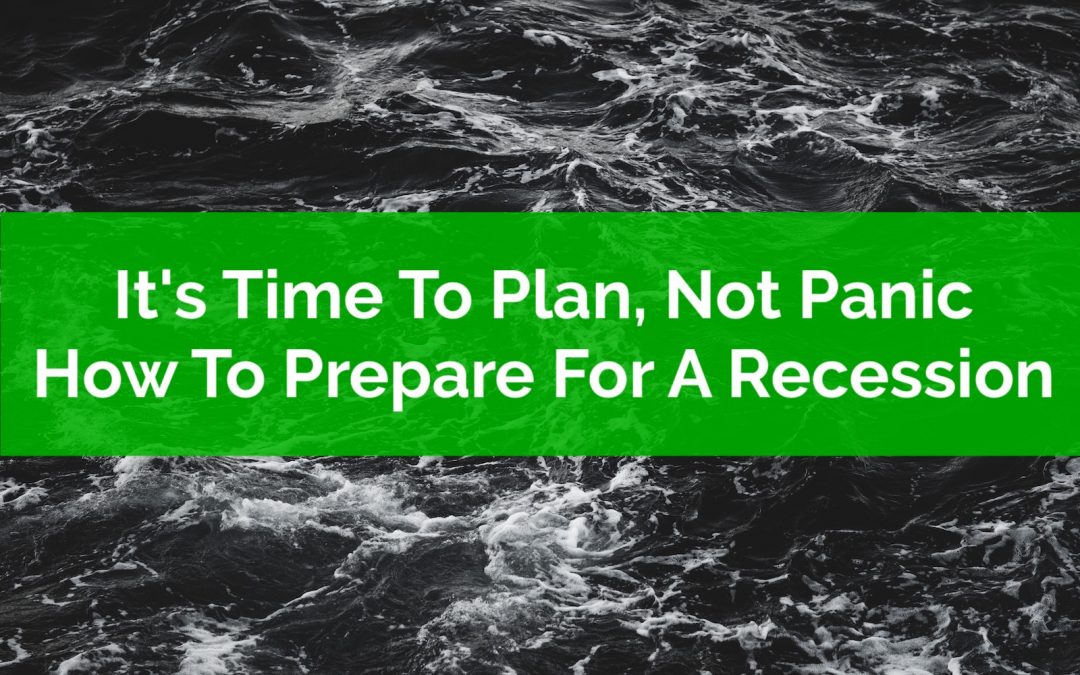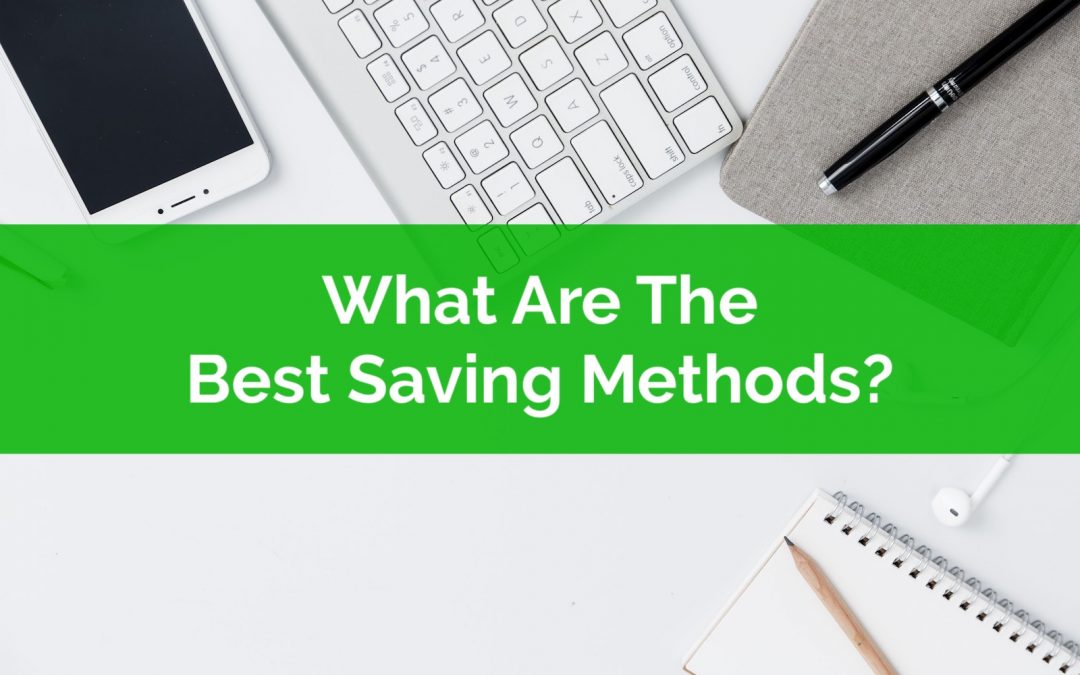
by Owen | Jul 13, 2020 | Budgeting, Financial Goals, Financial Planning, RESP/Kids Education, Saving Money
Children are expensive. That’s something we can all appreciate. But just how expensive are they? What is the cost of raising a child? What is the cost of raising 2, 3, 4+ children?
For new parents, or soon-to-be parents, the cost of raising a child can be a real guessing game. As parents to two young children, my wife and I felt the same uncertainty when we started our family. We had to guess about how much it would cost and what kind of expenses we needed to anticipate.
We anticipated some costs, especially in the first few years, but we never took the time to look at the total cost of raising a child, we just didn’t know where to begin.
As many parents can attest to, raising a child is expensive. There are many costs when raising a child. From diapers to daycare, food to formula, the total cost of raising a child is shockingly large.
The estimated cost of raising a child in Canada is $203,550! Wow!
Plus, this estimate doesn’t even include educations savings like RESP contributions. Add in enough RESP contributions to max out the $7,200 government grant and you’re at a total cost of $239,550 to raise a child in Canada!!!
With each child costing nearly a quarter million dollars, anticipating these costs becomes a very important part of a financial plan. It’s also important to realize this this quarter million is very front loaded, with a lot of the cost coming in the early years. For new families this is important.
When building a plan, we want to anticipate these costs on a year-by-year basis, we want to understand when these expenses will occur, and we want to plan for possible cash flow issues down the road.
We also want to help new parents understand that there is a light at the end of the tunnel, because for parents with 1, 2, or 3+ young children, the cost of daycare and diapers can feel pretty overwhelming.
Lastly, we also want to anticipate government benefits and tax credits, both can help offset a large percentage of the cost of raising a child. This is an important part of a family plan and can be worth thousands of dollars per year, so we don’t want to ignore them.

by Owen | May 18, 2020 | Budgeting, Saving Money
There are lots of easy ways to save money each month but these four are probably the easiest.
Saving and investing on a regular basis is a key way to achieve financial goals. Creating a strong habit is important to accumulating a significant amount of wealth. Without a regular habit of saving and investing it can be quite difficult to make significant progress.
Even a small change can have a significant impact if it’s done consistently over a long period of time. There isn’t a big difference between financial success and financial stress. Even as little as $10/day can have an enormous impact over the course of a few years. Extrapolated over decades the difference is staggering.
Thankfully with technology this can be made quite easy. There are a few simple ways to save money each month. And accounts like the TFSA and RRSP make that even easier. They allow contributions to compound tax free, providing a significant boost to savings and investments.
There are a few easy ways to save money each month. The four ways we’ll focus on in this post all use automation. They take advantage of programs or systems that already exist. This helps make it easier to setup and maintain a healthy savings habit.
Automation is great, it helps maintain a good habit, and it makes it easy to “set it and forget it”. Best of all, automation means that we typically don’t even see this happening each month. By automating contributions to savings and investments we hardly miss the money being funneled away for future goals.

by Owen | Mar 16, 2020 | Behavioral Finance, Budgeting, Emergency Fund, Financial Planning, Income, Investment Planning, Retirement Planning, Saving Money
They say the best time to plant a tree was 20-years ago but the second best time is now.
The same goes for financial planning. The best time to build a plan is before a crisis/recession/depression but the second best time is today. A good financial plan will help ensure that you’re prepared for a recession or financial emergency.
Having a financial plan provides an incredible amount of peace of mind. A good financial plan will already have anticipated a scenario like this and will ensure you’re still successful. It will highlight how to prepare for a recession and what changes you need to make to ensure you are successful over the long-term.
There are a few best practices that can help improve the ‘robustness’ of a financial plan. These are practices you can start using right away, even if they weren’t previously part of your plan.
Some of these best practices focus on behavior. They help manage your financial routine during emotional periods like this. Some focus on flexibility. They ensure that you have room in your plan to absorb the unexpected, whether that be changes in income, changes in expenses, or changes in investment returns.
It doesn’t matter if you’re in retirement, starting a family, or just starting to save and invest, there are a number of ways that you can prepare for a recession that will help you feel better about your finances and your long-term plan.
This post will touch on many of these best practices. These are best practices that we’ve covered in previous posts, so we’ll cover the basics here and link to past posts for more detail.

by Owen | Mar 2, 2020 | Emergency Fund, Financial Planning, Investment Planning, Saving Money
Low risk investments are an important part of every financial plan. There are certain reasons we want to use low risk investments in a plan and there are different types of low risk investments that we may want to consider.
Often we can become too focused on increasing investment return to appreciate the usefulness of a low risk investment. When used appropriately, a low risk investment provides an important source of funds in an emergency, or provides less volatility in our investment portfolio, or provides a psychological advantage that may help us avoid making a behavioural mistake during a downturn.
There are a few places that low risk investments will show up in a typical financial plan. If you haven’t considered these uses for low risk investments then it might be time to get a second opinion on your financial plan…
1. Emergency fund
2. Saving for infrequent expenses
3. Saving for a down payment (Or other short term financial goal)
4. Fixed income portion of an investment portfolio
These are some of the typical uses for low risk investments but what are some good low risk investments to use and which of these uses would they be appropriate for?

by Owen | Dec 23, 2019 | Budgeting, Saving Money
This is the time of year when personal finances are always top of mind. Whether that be spending or saving… many of us are looking to make improvements to our personal finances.
Often spending and saving go hand in hand. A reduction in spending can mean more money for savings each month. A new savings method can mean it’s easier to avoid excess spending.
It doesn’t matter what age you are, or what stage of your personal finance journey you’re in, it’s often helpful to review spending and saving on a regular basis. Even for those of us who are natural budgeters, it can still be helpful to review spending and saving from time to time to ensure we stay on track. This type of regular “check in” can be very beneficial over the long-term.
There are some common saving methods that we feel are best practices. They make saving money easier to do. These strategies may not work for everyone but they are some of the best saving methods we’ve come across.
In this post we’ll cover a few of the best methods for saving money on a regular basis.

by Owen | Oct 21, 2019 | Budgeting, Saving Money
Starting a family is expensive. Estimates are thrown around that it costs in the low six figures to raise each child. Amounts like $100,000 or $200,000 per child are often quoted. While these are probably a bit dramatic, and include the opportunity cost of one parent staying at home, the fact is that starting a family can cause a number of changes to your personal finances.
Anticipating these expenses can ease the financial cost of starting a family (or at least make it a bit less stressful). If you know what’s coming, you can plan accordingly.
When you’re starting a family it’s easy to get caught up in the excitement. There are lots of new things that need to be purchased and there’s a strong desire to do the best for your future family. All these emotions can mean that things sometimes get a bit out of control (I speak from personal experience!) Purchases for beds, strollers, car seats, clothing etc. etc. can quickly add up to thousands of dollars.
In addition to new purchases, families often go through major cash flow changes when starting a family.
On the income side, parental leaves from work can significantly reduce income when starting a family. Of course there are sometimes “top ups” from employers, but those only last for weeks or a few months at best, and employment insurance is only 55% to 33% of your pay up to the max (depending on if you choose the 12-month or 18-month option). Even with these programs there is often a large decrease in income when starting a family.
One the expenses side, the big one is of course daycare expenses. Daycare expenses last for a few years but for most families this expense will go away once kids start school. But even when daycare expenses disappear there are still ongoing expenses for things like food, clothing, activities etc. etc., and these can add up over time.
And if all of that wasn’t challenging enough, starting a family also comes with new tax advantaged accounts like the RESP and new government benefits like the Canada Child Benefit (CCB).
To avoid being too overwhelming let’s look at the six major ways that your finances can change when you’re starting a family and how you might go about making the best decisions for your financial future.






